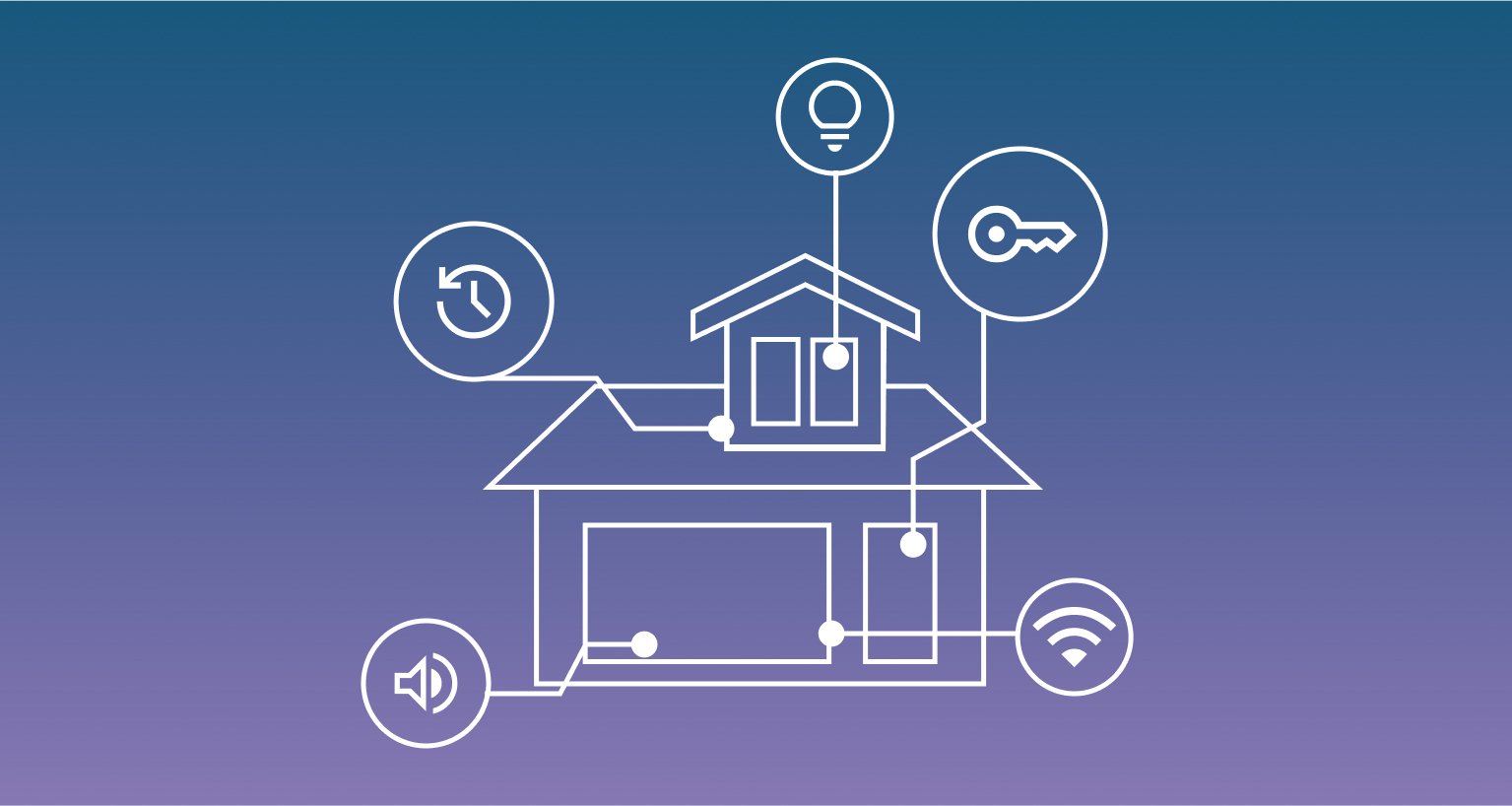Welcome to my project!
- Scenario 1: Build a Factory
- Scenario 2: Marketing Campaign and New Electronic Product
- Time Frame for Analysis: 7 Years (2018-2024)
The analysis compares the two projects using several key financial metrics:
- Initial and Opportunity Costs: Upfront capital and missed opportunity costs for each scenario.
- Net Present Value (NPV): Measures profitability by comparing future cash flows to the initial investment.
- Payback Period: Time taken to recover the initial investment through cash inflows.
- Internal Rate of Return (IRR): Annualized return over the project’s lifecycle, assessing investment attractiveness.
- Return on Investment (ROI): Overall return relative to the initial project cost.
- Weighted Average Cost of Capital (WACC): Evaluates the cost of financing the project.
- EURO STOXX 50: Serves as a market benchmark for comparison.
-
Initial and Opportunity Costs:
- Scenario 1: Initial Cost €5.4M, Opportunity Cost €8.3M
- Scenario 2: Initial Cost €8.0M, Opportunity Cost €12.2M
-
Net Present Value (NPV):
- Scenario 1: €1.5M
- Scenario 2: €2.3M
-
Payback Period:
- Scenario 1: 4.9 years
- Scenario 2: 4.7 years
-
Internal Rate of Return (IRR):
- Scenario 1: 16.9%
- Scenario 2: 14.1%
-
Return on Investment (ROI):
- Scenario 1: 9.3%
- Scenario 2: 8.4%
-
Investment Decision:
Choose Scenario 1 for higher returns with lower initial investment. Choose Scenario 2 if willing to invest more upfront for potentially higher long-term profit. -
Profitability:
While Scenario 2 has a higher NPV, Scenario 1 demonstrates superior efficiency with a higher IRR and ROI, as well as a lower initial cost. -
Risk vs. Return: Scenario 1 offers better returns (higher IRR and ROI). Scenario 2's higher costs increase investment risk without proportionately higher returns.



